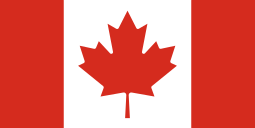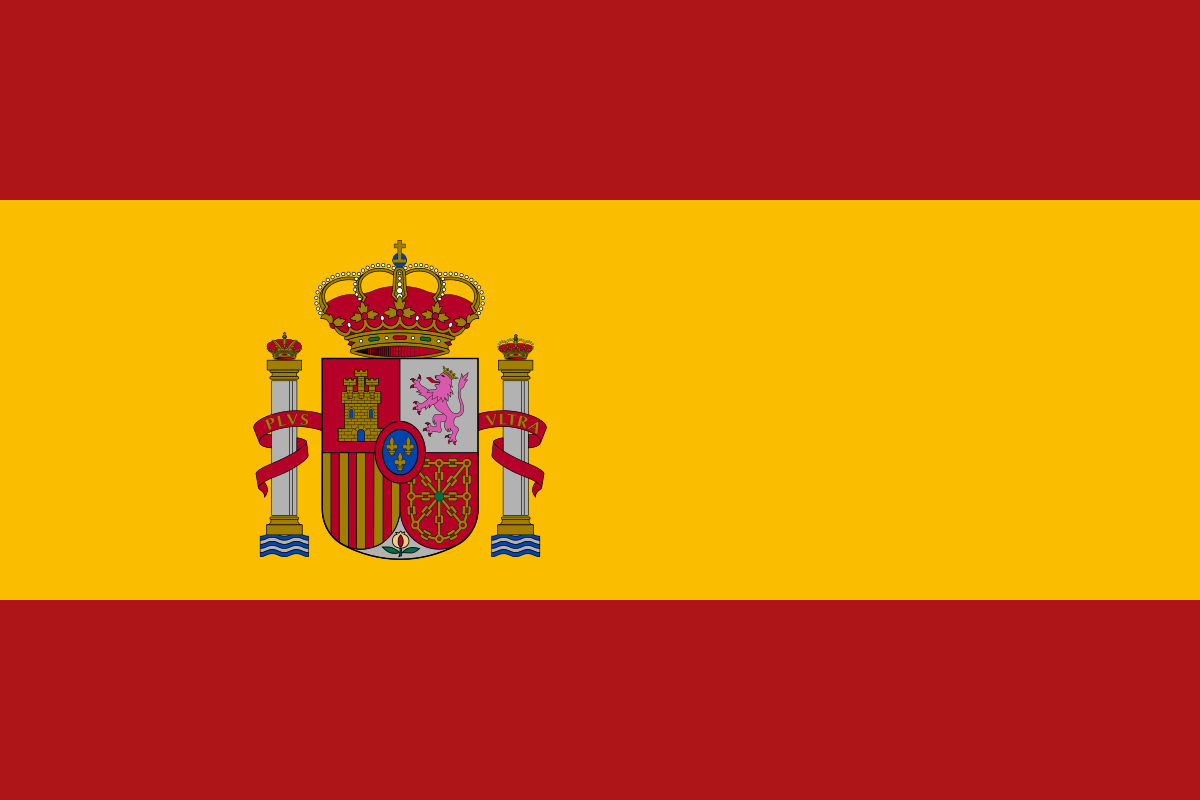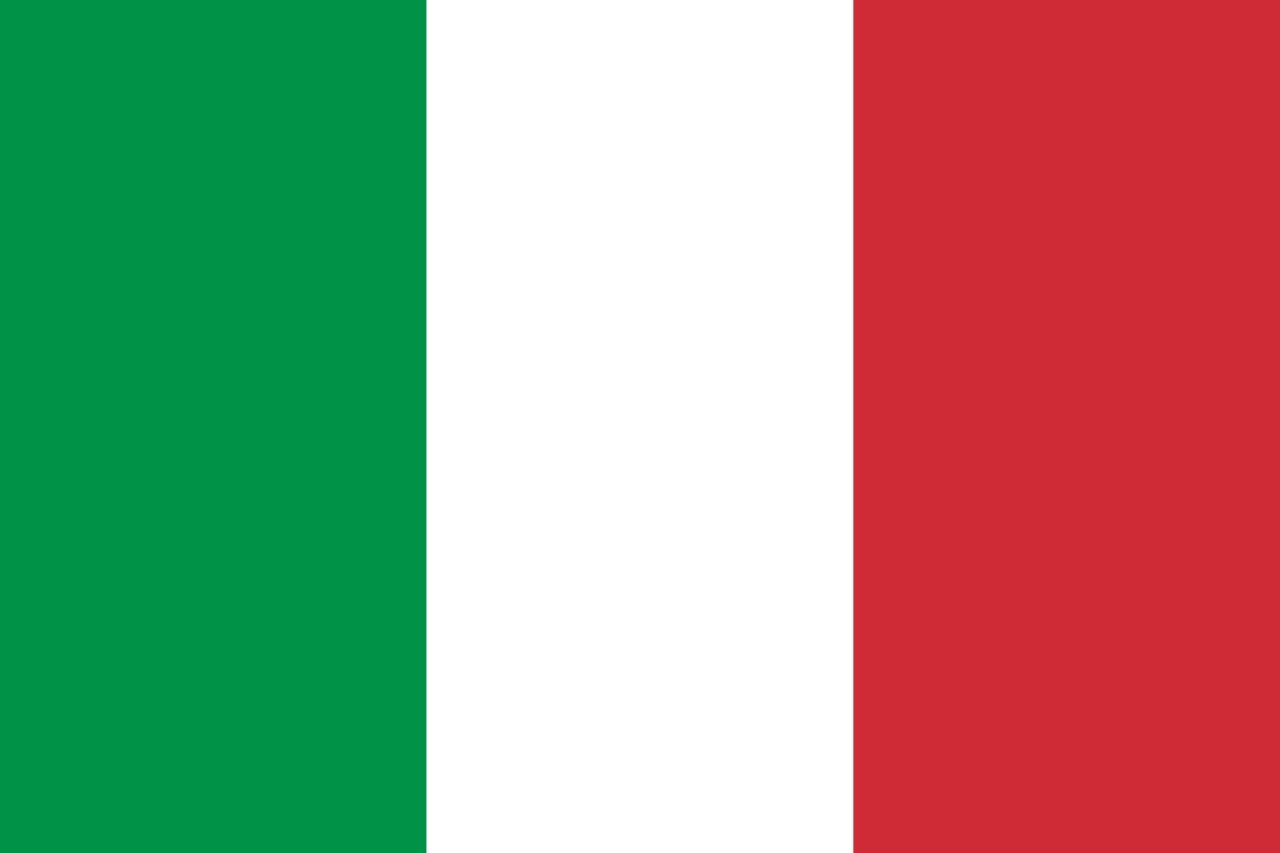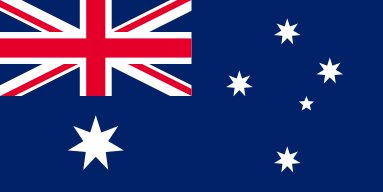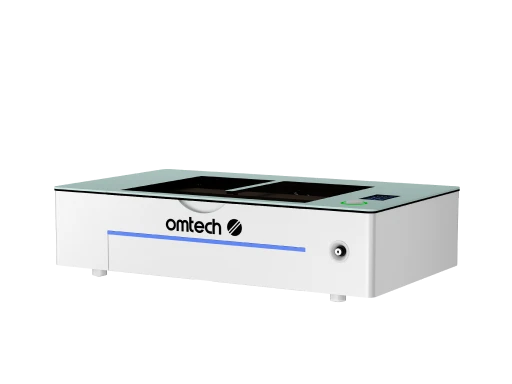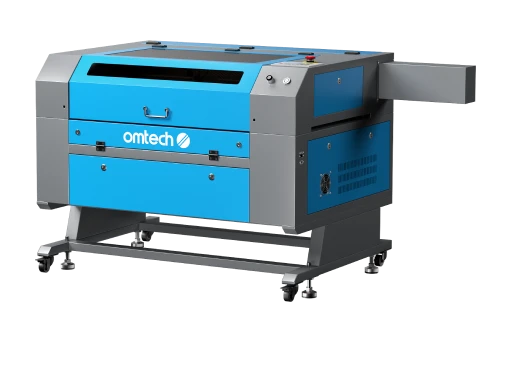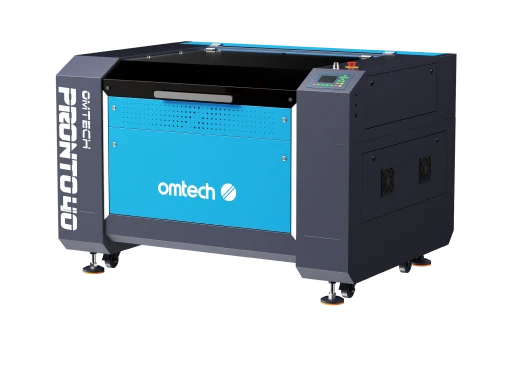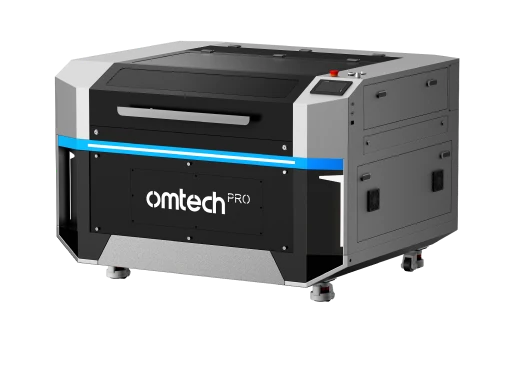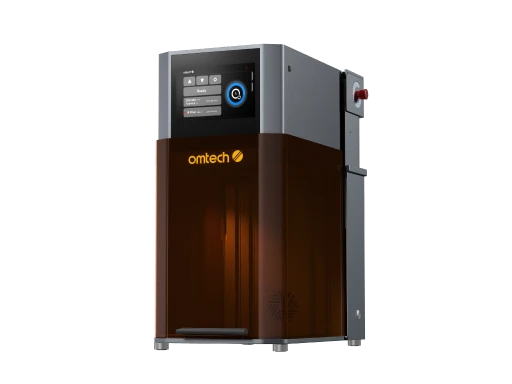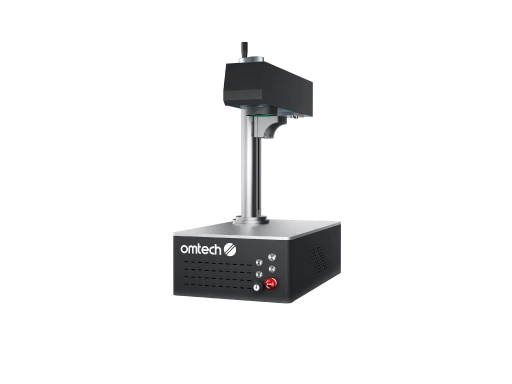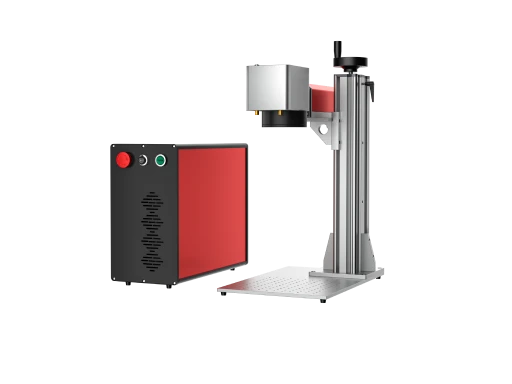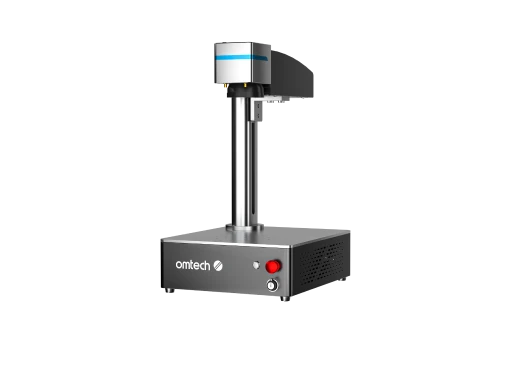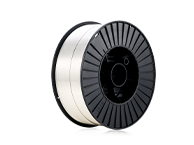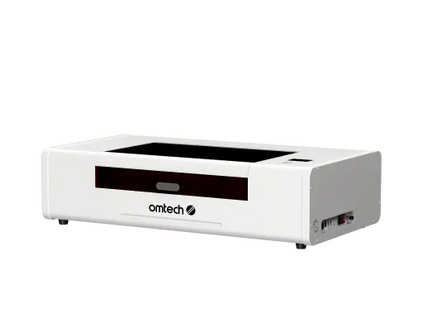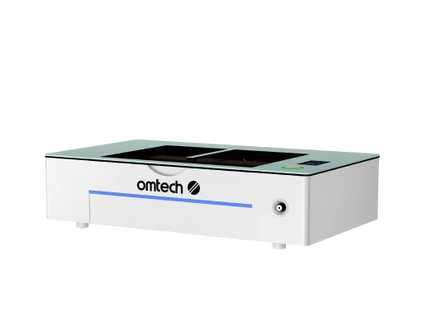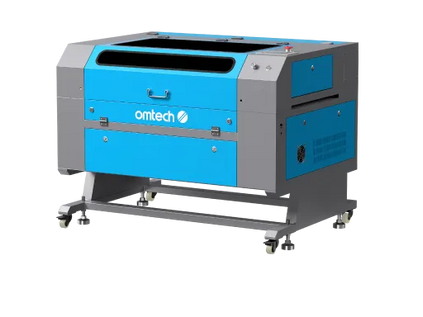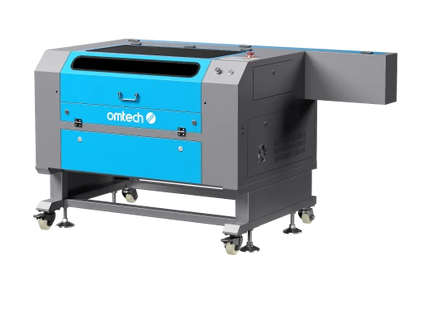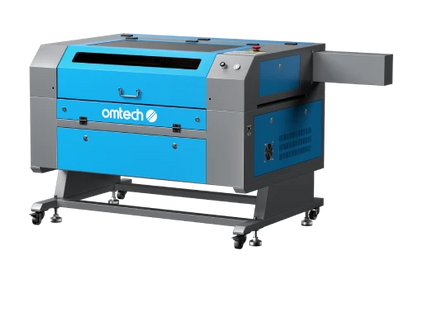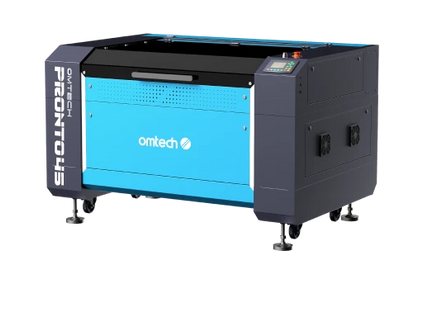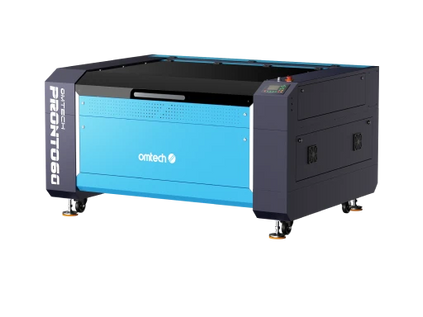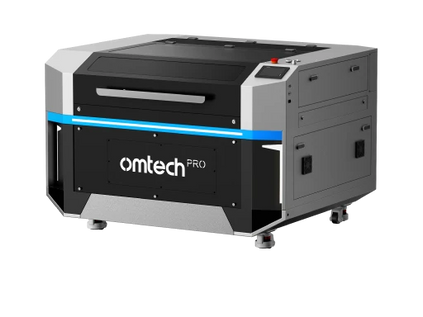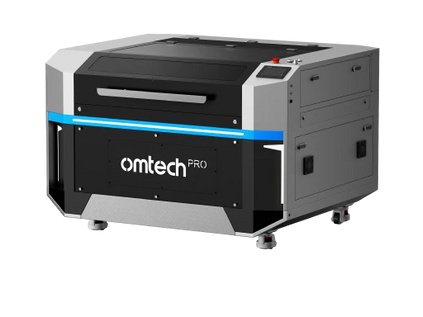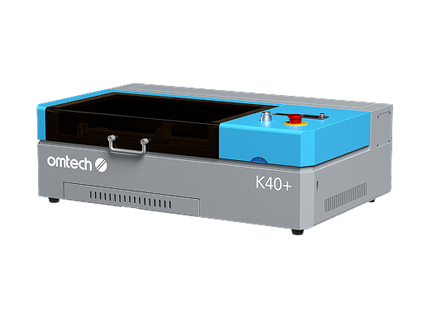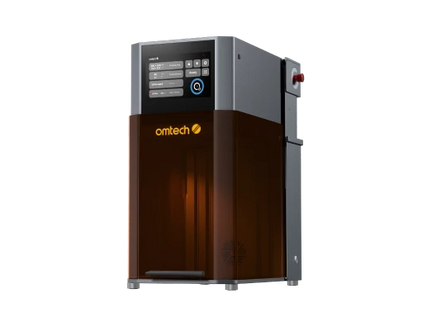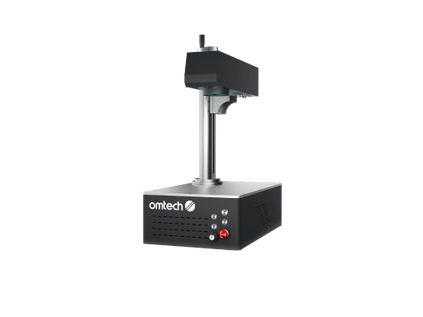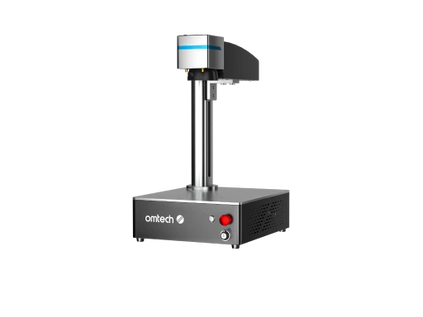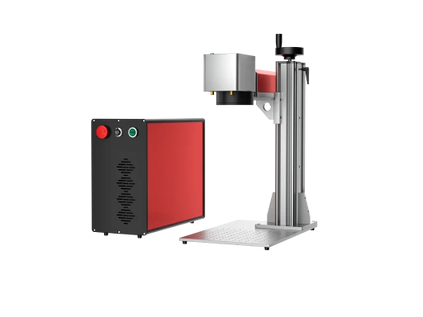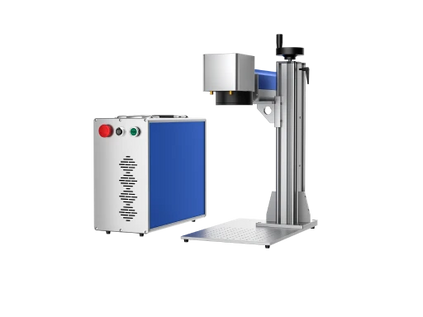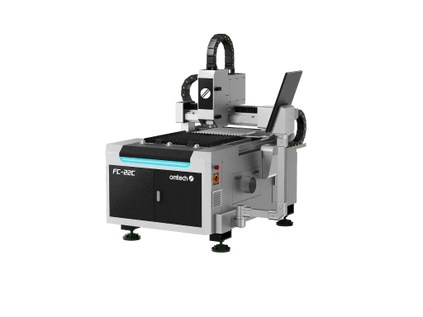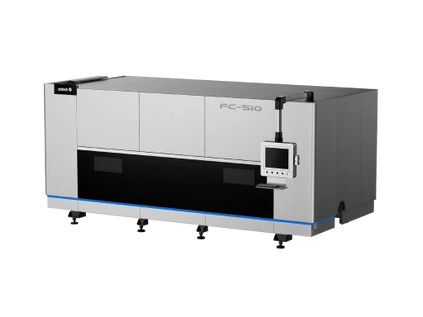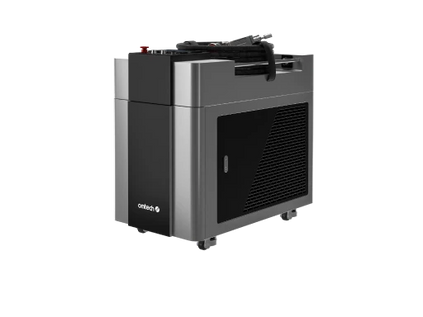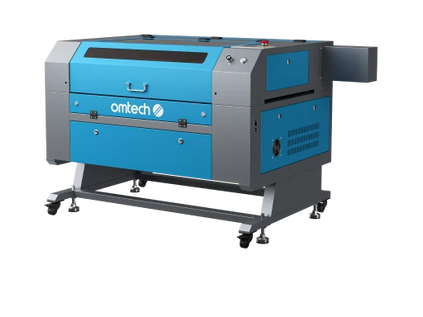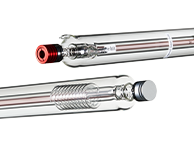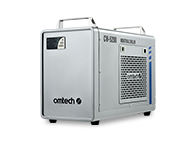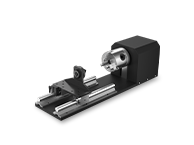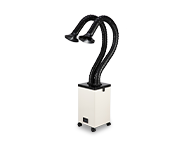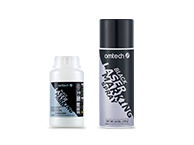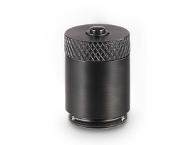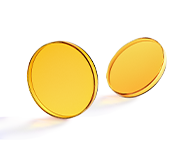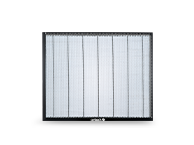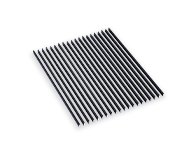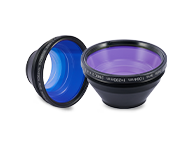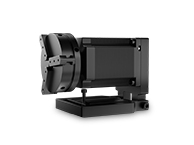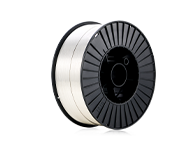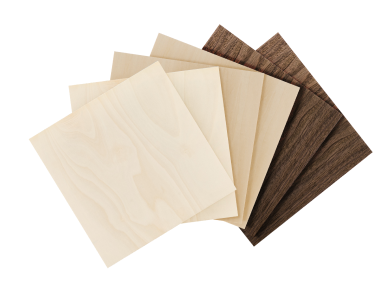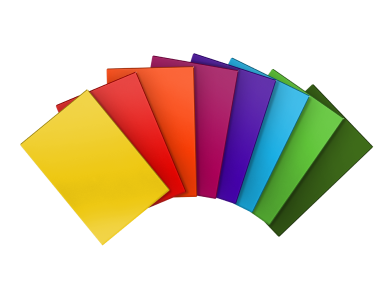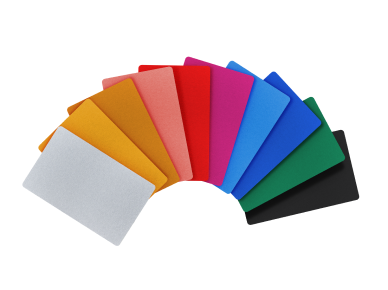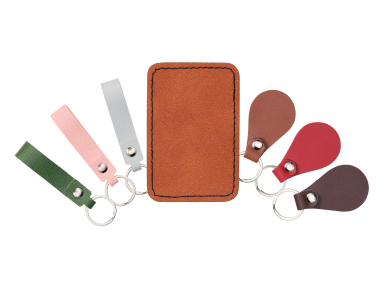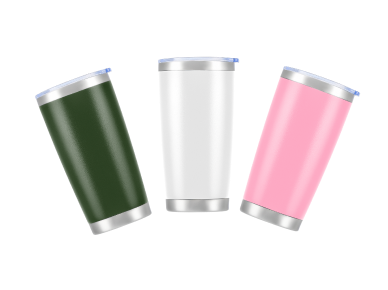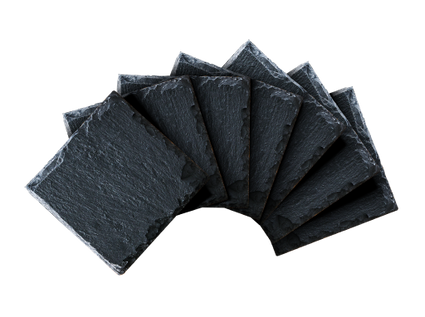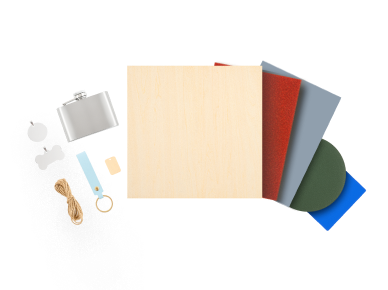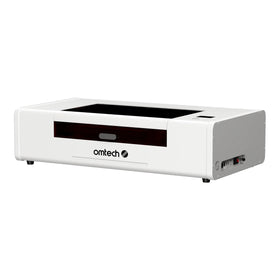Everything You Need to Know About DTF Powder

For custom apparel printing—especially using the direct-to-film (DTF) process—there’s one under-the-radar material that truly unlocks the potential: DTF powder. This finely engineered adhesive substance is the silent hero behind vibrant, stretchy, durable prints that hold up on everything from cotton tees to polyester bags. In this in-depth guide, we’ll cover what DTF powder is, how it works, the properties you need to know, how it’s used in the workflow, and what to consider when choosing the right powder for your business or hobby.
What Is DTF Powder?
DTF powder—sometimes called hot‑melt adhesive powder—is a key component in the DTF printing process. After a design is printed onto a PET film using a DTF printer, this powder is applied directly to the still-wet ink layer. When the film is heat-pressed onto fabric or another substrate, the powder melts, bonds the ink to the surface, and sits between the ink and the material—ensuring strong adhesion and flexibility.
In simple terms: without DTF powder, the printed ink would just sit on top of the fabric and peel off or wash away easily. The powder creates that crucial bond and gives your prints the durability and stretch they need.
How DTF Powder Works in the Workflow
Here's an overview of how DTF powder fits into the apparel customization process:
-
Design & Print: Create your graphic and print it onto DTF film with CMYK + white ink.
-
Powder Application: While the ink is fresh, sprinkle or apply the DTF powder evenly across the printed design. The powder sticks only to the ink.
-
Curing on Film: Often, a brief curing step (light heat) is done to “set” the powder.
-
Heat Press Transfer: The film (backed with powder) is placed onto the garment or substrate and heat‑pressed. The powder melts, fusing ink to fabric.
-
Peel: After cooling or per manufacturer instructions, peel the film to reveal the final print, now securely bonded to the item.
Because the powder is activated by heat and pressure, it acts like a layer of invisible glue that also offers stretch, durability, and brightness.
Key Properties & Why They Matter
Understanding DTF powder means looking at its chemical base and physical characteristics:
-
Composition: Most powders are made of thermoplastic polyurethane (TPU), polyester (PES), or polyamide (PA) resins that become adhesive when activated.
-
Particle Size: The size of the granules—typically measured in microns—impacts feel, finish, and print quality. For example:
-
Fine (~50‑100 μm): soft hand feel, great for detailed prints.
-
Medium (~100‑170 μm): versatile and widely used for general apparel.
-
Coarse (~170‑300 μm): thicker layer, better adhesion on rough fabrics and heavy use.
-
Fabric Compatibility: Powder type and size should align with the substrate being printed. For example, textured or polyester fabrics may require coarser powders or specialized formulations.
-
Color & Formulation: Some powders are optimized for dark garments (e.g., black powder) or light-color fabrics (white powder). When used properly, they influence color vibrancy and print durability.
-
Durability & Wash Resistance: A well‑selected and properly applied DTF powder yields prints that can withstand multiple washes while maintaining clarity and adhesion.
Practical Tips for Using DTF Powder

To get the best results in your printing workflow, keep these tips in mind:
-
Even Application: Ensure powder coverage is consistent across the design. Too little means poor adhesion; too much can cause a ‘rubbery’ feel or oversize transfer.
-
Shake Off Excess: After applying powder, shake off all excess to leave only the powder bonded to ink—not free‑floating granules.
-
Follow Manufacturer Settings: Curing temperature, time, and pressure settings vary by powder. Ensuring correct parameters prevents peeling and ensures durability.
-
Store Properly: Keep powder sealed and dry. Moisture can cause clumping or inconsistent results.
-
Match to Substrate: Choose powder based on the garment fabric type (cotton, poly, blends) and usage (light wear vs heavy duty). Using generic powder without adapting may compromise quality.
Why DTF Powder Is Essential for Apparel Customization
Without DTF powder, the film-to-fabric connection doesn’t happen effectively. Whether you're printing small orders of custom tees or scaling for business, the powder ensures prints are vibrant, flexible, and wash‑resistant. Compared to some older methods—vinyl heat transfers or screen‑printing—DTF with the right powder offers more durability and broader substrate compatibility.
For a small business or hobbyist looking to scale custom apparel, DTF powder is an investment in reliability and quality. Poor powder choice means reprints, callbacks, and dissatisfied customers. Get it right, and you’ll boost output, maintain margins, and keep clients returning.
Choosing the Right DTF Powder for Your Projects
When evaluating powders for your workflow, ask these questions:
-
What fabrics will I print on (cotton, poly, blends, hard surfaces)?
-
How important is hand feel vs durability?
-
Will my prints be worn and washed often or stored/displayed?
-
What particle size matches the detail level of my design?
-
Do I need specialized powder for dark or light garments?
-
Do vendor specs match my heat press/settings?
-
What’s the cost per transfer and lifetime value?
By assessing these dimensions, you’ll select powder that aligns with your process, substrates, and output volume.
Boost Your DTF Workflow with the OMTech Aurora

DTF powder is essential—but the right printer ensures consistent, high-quality output. The OMTech Aurora DTF Printer gives small businesses a dependable, easy-to-use platform built for apparel production.
Key Benefits
- 14-inch (35.6 cm) effective print width.
-
Vibrant CMYK+White printing for bold, detailed transfers
-
Auto-circulating white ink to reduce clogging and maintenance
-
Smooth, efficient workflow with optional integrated powder/curing system
-
Fast print speeds suitable for daily production
-
Beginner-friendly interface with reliable U.S. support
The Aurora helps streamline your setup and deliver professional-grade results right from the start.
Conclusion
DTF powder may not be the flashiest component of apparel printing, but in truth, it’s one of the most critical. It bridges the gap between ink and fabric, enabling vibrant, durable, clean custom prints. Mastering powder selection, application, and curing ensures each piece you produce meets professional‑grade standards—and reduces waste, reprints, and margin erosion.
Whether you’re customizing shirts for club orders or building a business around print-on-demand apparel, understanding DTF powder unlocks consistent output and fewer surprises.
Ready to elevate your production? Combine the right DTF powder with the OMTech Aurora DTF Printer to achieve cleaner transfers, brighter colors, and a fully streamlined workflow built for business growth.
